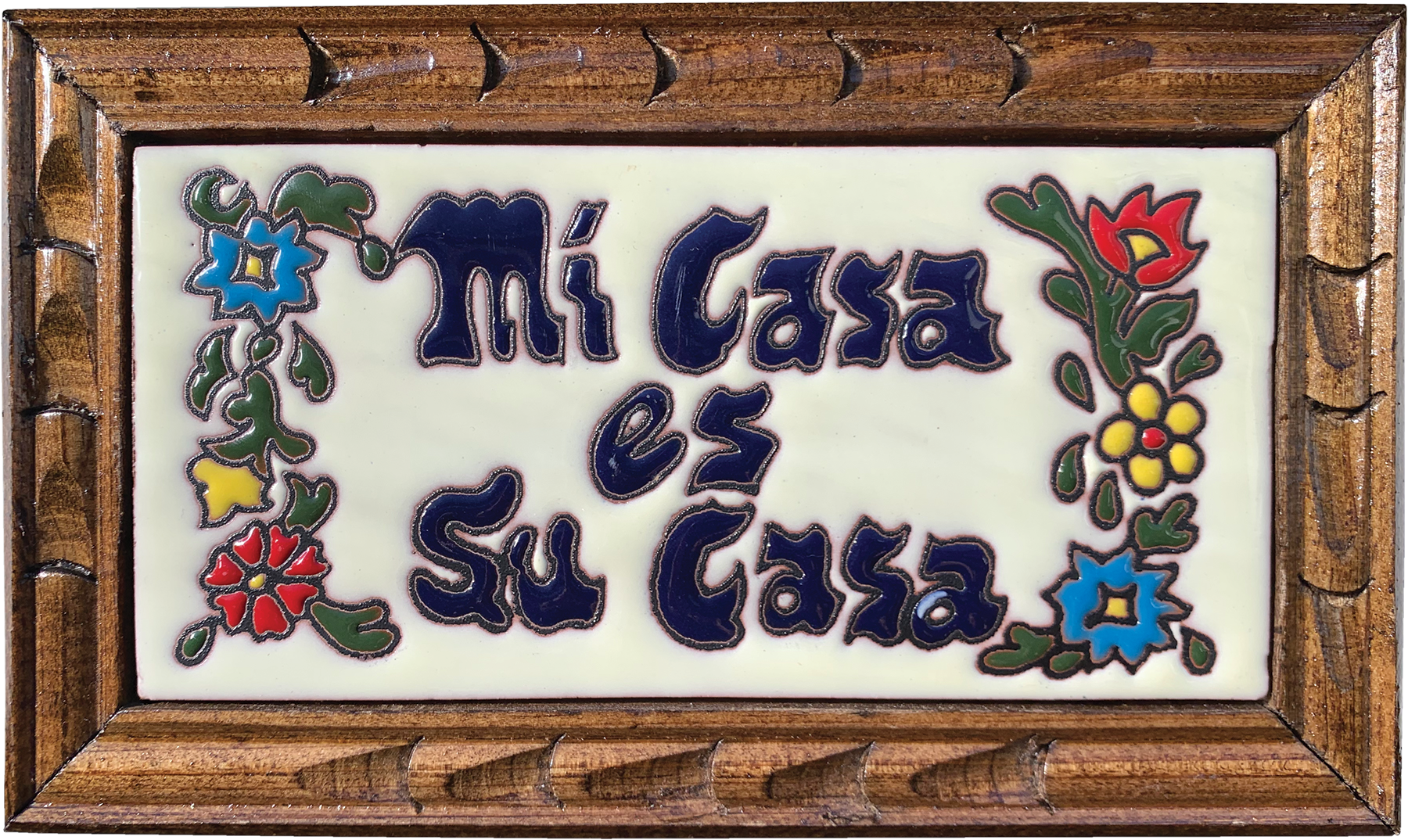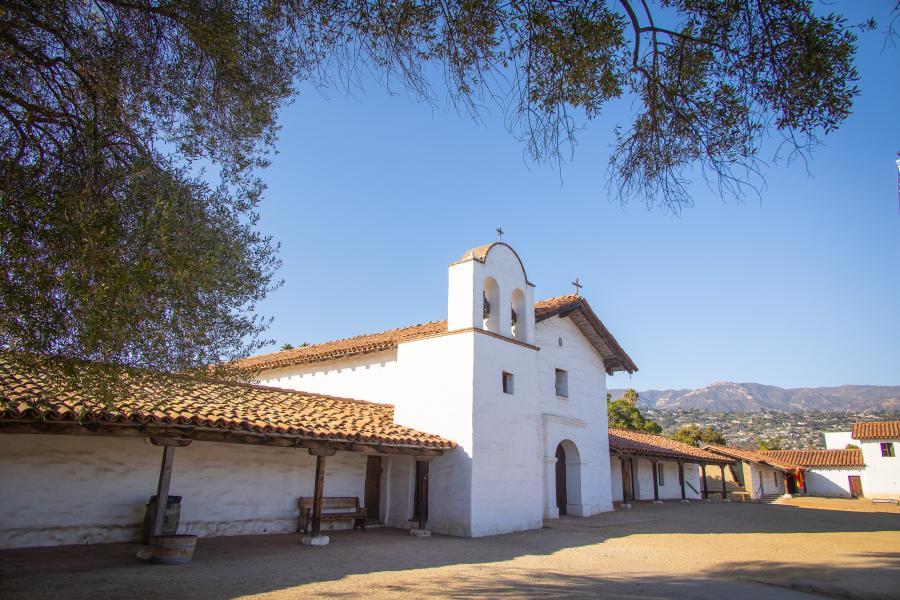Westmont Magazine Mi Casa Es Su Casa
by Irene Neller, Vice President for Enrollment, Marketing and Communications
I love digging into history when preparing for anniversary celebrations because I’m bound to discover inspiring stories. I came across the well- known phrase, “mi casa es su casa,” while reading “California’s Knight on a Golden Horse,” the story of Dwight Murphy. That saying has transformed how the Admissions Office approaches campus visits, becoming our strategic mantra with prospective students and their guests.
As I work in Kerrwood Hall, I keep in mind that this beautiful administration building once served as the home of the Dwight Murphy family (see the story of Kerrwood Hall on the previous page). Entering through the heavy, wrought-iron door of the former estate leaves an impression of historical grandeur — and it can feel inviting or intimidating. A president from another school told me his son found walking into Kerrwood overwhelming. “Do I belong here?” he asked his father. When I joined Westmont in 2017 and began overseeing campus visits, I recalled this first impression and decided to address it.
My division, Enrollment, Marketing and Communications (EMC), has always sought to create a hospitable and welcoming experience for guests attending our events. We’ve now elevated it to a new standard tied to Santa Barbara history.
Identifying the origin of the phrase, “mi casa es su casa,” proved challenging. It likely originated in Mexico in the 1800s, tied to religion or a traditional Spanish family concept that embraces both close and extended family members.
José Antonio de la Guerra y Noriega, a California military officer and ranchero, founded the prominent Guerra family. He served as commandant of the Presidio in Santa Barbara in the 1800s; Spain built this adobe structure in 1782 to defend California’s Second Military District. Felipe de Neve, the fourth governor of Las Californias, chose the location. Recognizing the vulnerability of the Santa Barbara coastline, he selected a spot near a harbor sheltered from severe storms and close to building materials and water.
Commandante de la Guerra became Santa Barbara’s most prominent citizen and the first owner of a “casa grande” (big house). Casa de la Guerra served as Santa Barbara’s social, commercial and political center for many years. A major landholder and a prosperous merchant, de la Guerra introduced the famed “mi casa es su casa” hospitality to Santa Barbara. He opened his lavishly furnished home to travelers and for every conceivable gathering and celebration. By the time Mexico broke away from Spain, de la Guerra had become majordomo of the entire Santa Barbara region.
Good weather and an inviting culture has made Santa Barbara a destination spot nearly 200 years later. Its heritage includes “mi casa es su casa.” This beautiful phrase of hospitality celebrates opening a home to visitors and inviting them to join the family’s inner circle.
Students choose Westmont for many reasons, including its location. Academic reputation ranks as No. 1, with major second and location third. Santa Barbara has long drawn visitors with its natural scenic beauty, the towering Santa Ynez Mountains and the sparkling Pacific Ocean. Its healing hot springs, ideal, year-round weather and rich farming soil led many to make it their home. Today, it’s known as the American Riviera.
I want all who visit Westmont to feel warmly invited and welcomed like family because “they belong.” As Christ followers, we’re called to love our neighbor and to set a bountiful table.
We seek to express and extend de la Guerra’s generous, hospitable welcome and pay homage to his influence in Santa Barbara. We’re on a mission to present Westmont as the most hospitable college in the country.
Maya Angelou said that people will often forget what you did for them and what you said, but they won’t forget the way you made them feel. We seek to extend the grace and love of Christ, emulating a historical tradition of Santa Barbara and carrying it out the Westmont way as we pay homage to our history.

